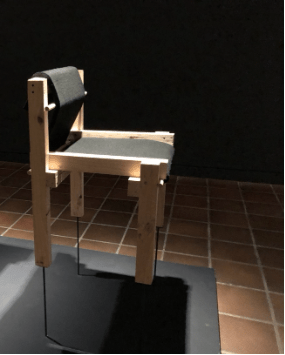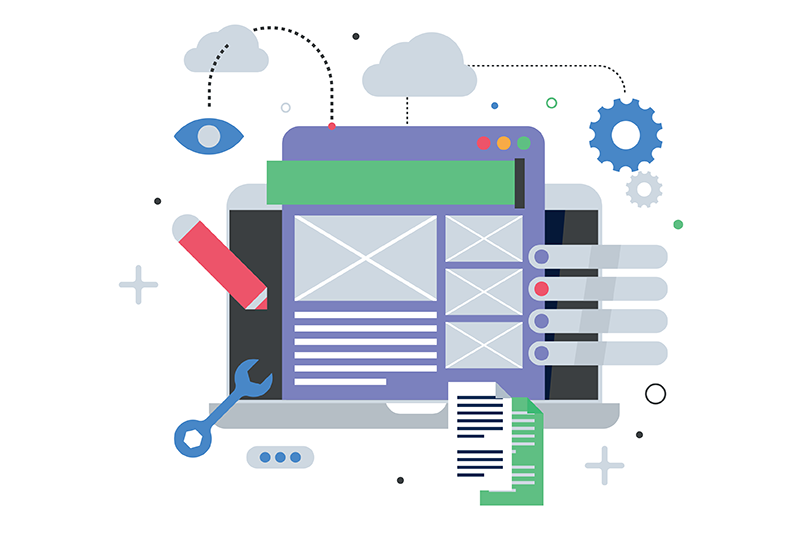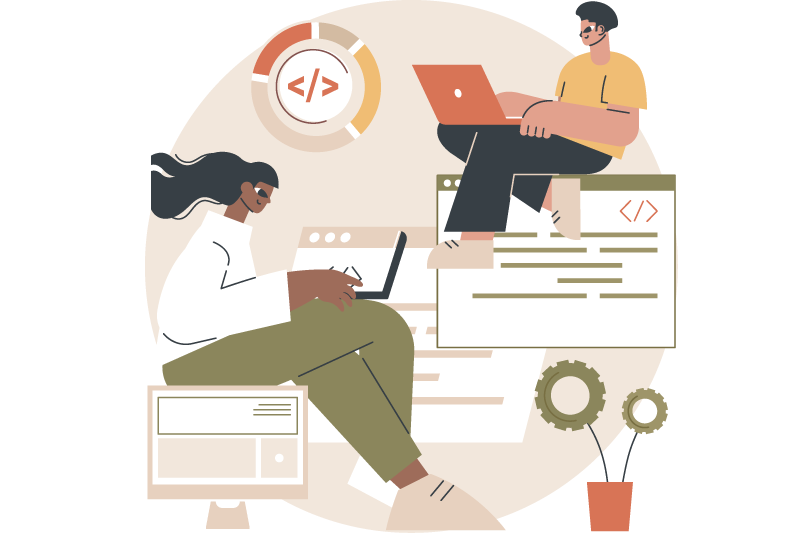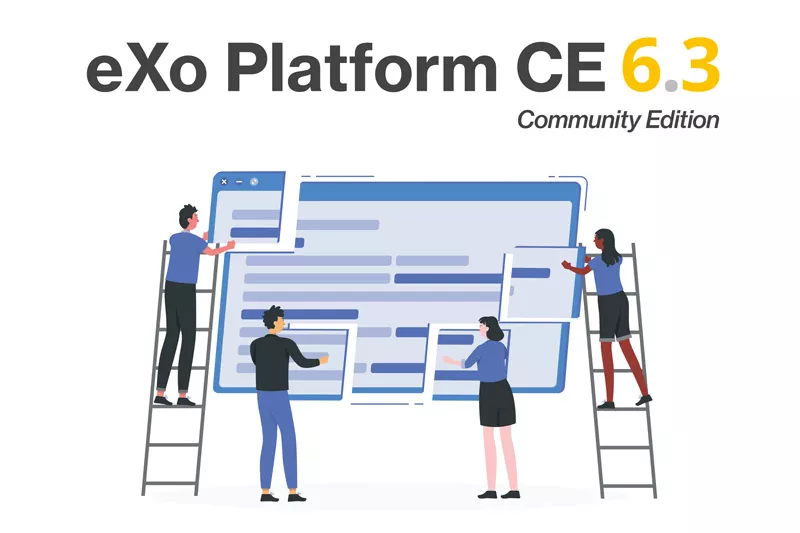- Veronika Mazour
- February 16, 2022
Open Source Outside of Software
I am part of a company that comes from a long open-source heritage and produces open-source software. However, when asked about open-source, I usually tell the story of a chair.

Content
The story of an open-source chair
Several years back, before the pandemic’s strike, I travelled to Copenhagen for a week-end. Although the trip was mostly about food (as Copenhagen boasts one of the most innovative food scenes in Europe), I spent a good half day in the Louisiana Museum of Modern Art. The whole museum is quite amazing, whether you are an art lover or not. However, the goal of my post is not to talk about the museum’s wonders – I would not do them justice….Among many-many exhibits, I stumbled upon this chair – Silla.

Of course, Danes have quite a special love for chairs. Another museum in Copenhagen (the Designmuseum) has an entire hall dedicated to different Danish chairs and their philosophy. I believe there are more than a 100 different chairs there! However, “my” chair was not about the beauty of design or craftsmanship, but about open-source.
The chair, was designed by Alejandro Aravena, a famous Chilean architect. The design, called Surdico, uses ordinary materials – wood and felt that can be found in any hardware store – and limited craftsmanship. It is supposed to be easy to reproduce by everyone without any special building or carpentry skills. The chair was originally designed to be used in rehabilitation classes in Chilean prisons.
Other open-source stories
For me, that’s what open-source essentially is – this idea of giving something to the world, for everyone to use and improve and innovate upon. The idea of limited ownership of the product or the design. The principle of collaborative innovation.
The chair is a graphic example of that idea, but there are many more:
- When you think about it, any development in the food making or “cuisine” followed an open-source principle – a recipe that is shared and improved upon, using local ingredients.
- Wikipedia is another famous example of open-source in the domain of knowledge creation and management.
- The opensourceecology.org initiative is about sharing industrial designs as a way to create open economy and increase innovation
- There are several initiatives of free blueprints for modular buildings: designingbuildings.co.uk
- Of course open-source software is everywhere, even though the end user might not be aware of it – a great blog on the subject: github.com
- Without forgetting creativecommons.org project that aims at increasing community rights to creative pieces of writing rather than restricting them to encourage knowledge sharing and creativity.
tools and information
Open-source in the future
A compelling argument could be made that open source is in human nature.And if you need this kind of onboarding software, you need to calculate how much does it cost, and one of the main metrics is the cost of hiring a software developer. Indeed, at the time of hunters and gatherers, humans survived thanks to communities based on sharing. Property appeared in our culture with transition to agriculture.
Culturally, for quite some time, it was all about protecting your property, keeping your secrets and restricting access to information. However, in today’s interconnected world, companies like Lemberg Solutions embrace the open-source ethos, fostering collaboration and innovation to drive progress in the software development industry.
Today, thanks to AI-powered tools and data labeling tools, everything has changed. We are obviously embracing a shift in our way of living and thinking thanks to the worldwide Internet and other technologies that allow people to share information and collaborate at a distance, and password manager can be your protection from cyber thieves who want to steal your personal data. Property changes to cybersecurity. eXo, my company, is also modestly contributing to this shift.
As cultural values are changing, trends such as collaboration and sharing come back in force as humanity faces unprecedented crises and tries to reinvent itself beyond the pure capitalistic property-based model.
The future of web (web3), the future of finance (DeFi), the future of work (hybrid or remote), the future of data (personal) – every trend out there is about liberty, decentralization and ultimately sharing…..

FREE WHITE PAPER
Types of Digital workplace solutions
The modern workplace has evolved significantly in recent years, with advancements in technology, the growing number of tools …
Related posts
- All
- eXo
- Digital workplace
- Open source
- Internal communication
- Collaboration
- News
- intranet
- Future of work
- workplace
- Knowledge management
- Employee engagement
- Employee experience
- Employee productivity
- onboarding
- Employee recognition
- Change management
- Cartoon
- Digital transformation
- Infographic
- Remote work
- Sneak Peek
- Solutions
- Thought leadership
- Tips & Tricks
- Tutorial
- Uncategorized
Leave a Reply
( Your e-mail address will not be published)


